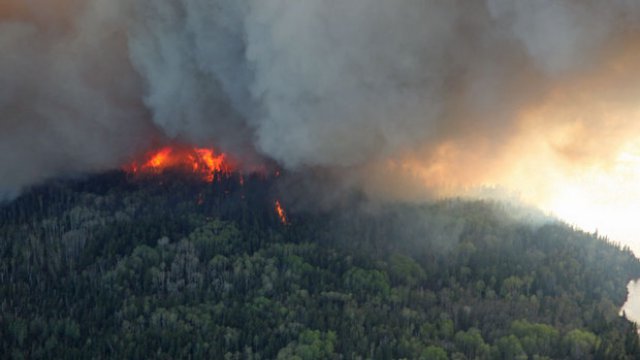 Dr. Abdelhamid Tayebi, an electrical engineering professor at Lakehead University just received a $225,000 Individual Operating Grant to look at ways to fly unmanned aircraft into dangerous places to perform a specific task.He said that a series of UAS with sensors to respond to smoke or rising temperatures could be left in strategic locations in the forest.
Dr. Abdelhamid Tayebi, an electrical engineering professor at Lakehead University just received a $225,000 Individual Operating Grant to look at ways to fly unmanned aircraft into dangerous places to perform a specific task.He said that a series of UAS with sensors to respond to smoke or rising temperatures could be left in strategic locations in the forest.
“For example, one [would have] some kind of smoke [detector] … and … send a triggering signal to another,” Tayebi explained.
Currently UAS are semi-autonomous and require human supervision. Tayebi said he and his students will work to programme them to respond and fly without that supervision.
“We have the technology, we have the UAS, we know how to programme them, so we need probably some time to test some of those things,” he said.
Tayebi, will also receive a Discovery Accelerator Supplements Programme grant of $120,000 over three years for his research.
According to a press release from the university, the programme provides resources to “a select group of researchers in Canada whose proposals suggest and explore high-risk, novel, or potentially transformative concepts and lines of inquiry, and are likely to make an impact by contributing to ground-breaking advances in the area.”
Source: CBC News

We are working with a company in US with two UAS types, one is an Amphibian, that will potentially scoop water from lake to dump on fire, or drop rescue gear … the prototype is near 1000 lbs MTOW 22 ft wing span, and 10hrs loiter time and the other system is smaller, 400lbs MTOW, 16 ft wing span and 10hrs loiter time @ 110kts and is the high level observer platform, with 90 degree FOV thermal, wide area mapper that we have developed for the system. Our company is based in Calgary, AB.